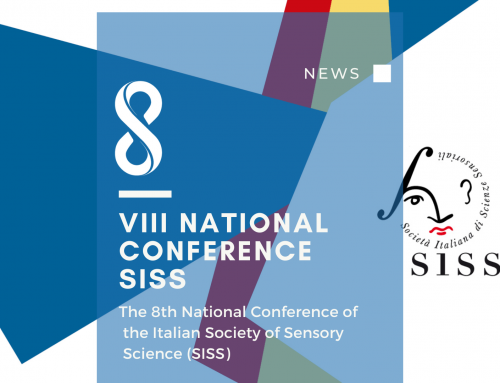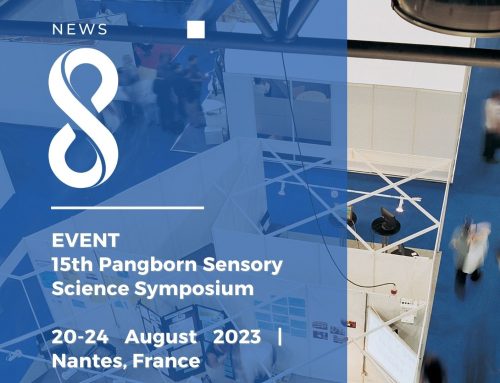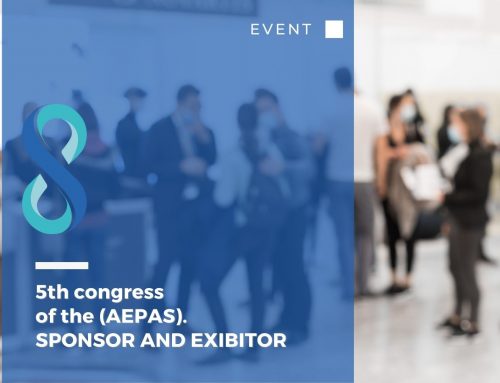Sensory Science – Lessons learnt at the VI SISS Congress
The Italian Sensory Science society held its 6th Congress in the beautiful town of Matera, in southern Italy. The hosts of the congress were the team at University of Basilicata.
Together with Smart Sensory box, sponsor of the congress, was Giovanna Paiosin. Giovanna is a Brazilian sensory science expert and consultant. After working for some of the leading companies of our sector in her country for several years, she decided to relocate to Italy to continue her career, launching her sensory and consumer digital consultancy agency “Sensorial Alimentos“. We invite you to check her YouTube and Instagram channel!
5 main takeaways.
She wrote for us this short but very detailed recap of the conference, with her 5 main takeaways.
Do you need to think outside the box? Being exposed to different products, cultures, ways of thinking, innovations and trends can help you build creative projects and results, with assertiveness and strategy.
Last week, I had the opportunity to participate in the national congress on sensory analysis in Italy, at the invitation of the Italian startup of sensory software Smart Sensory Box. The event was organized by Società Italiana di Scienze Sensoriali (SISS), and marked the comeback of face-to-face events in the country, with +100 professionals meeting in Matera, a city in southern Italy, known as Italian Cappadocia, after two long years of online events
Here are the main topics that attracted my attention.




